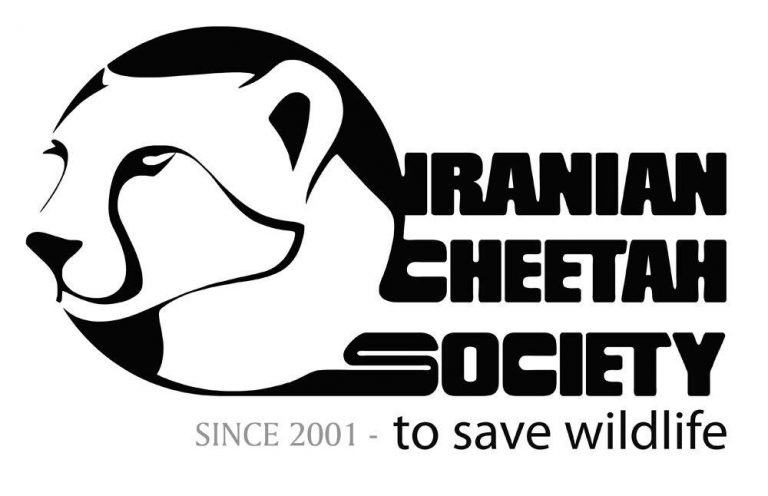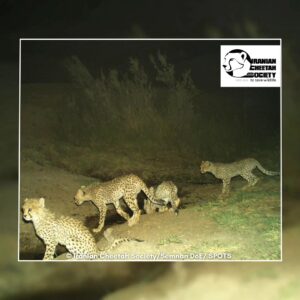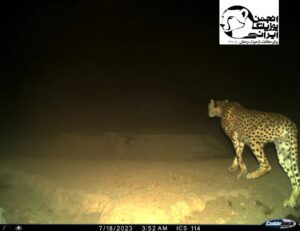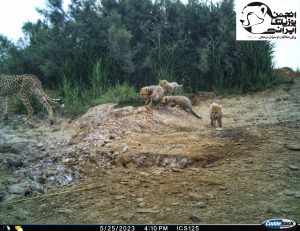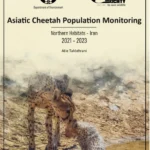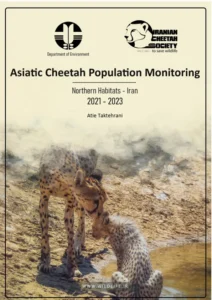
Asiatic Cheetah
Savin Iranian Cheetah: A race Against Extinnction
Cheetah; The faster Runner on earth
Cheetahs, with their incredible speed and graceful presence, captivate our imagination as one of nature’s finest creations. While many are familiar with the African Cheetah, there exists a lesser-known cousin, the Asiatic Cheetah, a subspecies of these magnificent big cats that inhabit the landscapes of Iran. Here, we’ll dive deeper into the world of the Asiatic Cheetahs, exploring its habitat, threats, behaviors, ongoing efforts to conserve it, and the formidable challenges it faces on the brink of extinction.
Asiatic Cheetah
The Asiatic cheetah is a critically endangered species, facing an uncertain future with only a small population of less than 40 remaining worldwide. Remarkably, Iran is the last habitat to harbor this majestic animal. These beautiful creatures roam free across the desert mountainous terrain in the eastern part of Iran, which is ecologically different from their African cousins. The Asiatic cheetah’s prey are ungulates such as wild goats and wild sheep that reside in the mountains, just like the leopards. To conserve this magnificent animal, national and international organizations have involved the Asiatic Cheetah conservation in two of the confirmed habitats in northeastern Iran – the Miandasht Wildlife Refuge and Touran Biosphere Reserve. The program has continued for many years and provided valuable information on these rare creatures’ survival and habitat. Recently, camera traps and direct observations suggest that no more than 20 cheetahs live inside these two areas, with a higher abundance found in the Touran Biosphere Reserve.
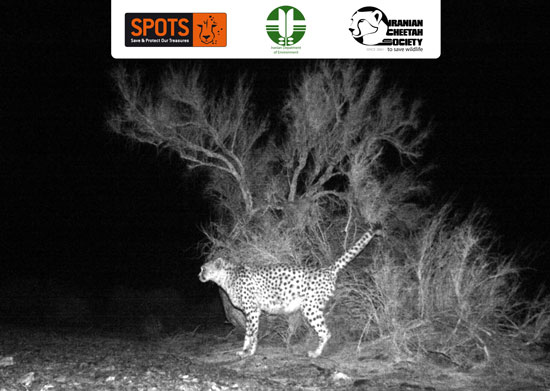
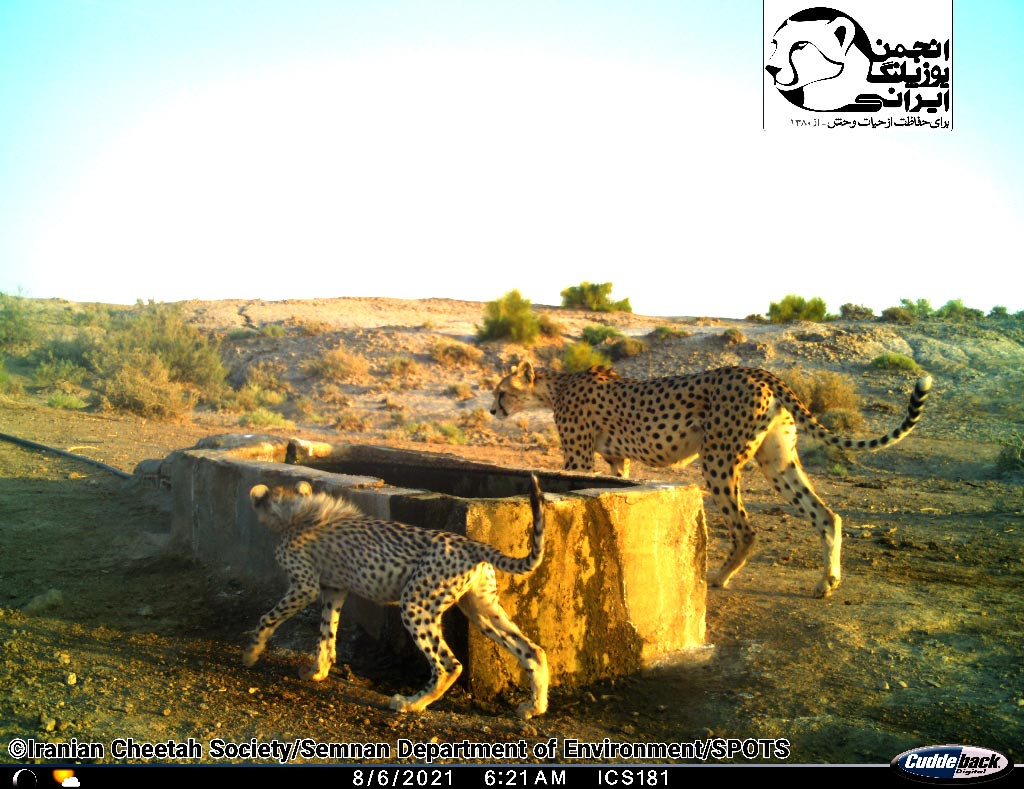
How many Asiatic Cheetahs are left in the world?
Less than 40 Asiatic Cheetahs left in the world!
Asiatic Cheetah AKA Iranian Cheetah!
Where Asiatic Cheetahs Exist?
The Asiatic cheetah’s historical range includes countries like Saudi Arabia, Iraq, Jordan, Syria, India, Pakistan, Afghanistan, and Iran. However, today, it is primarily found in the arid regions of Iran. The cheetah’s habitat consists of vast plateaus, deserts, and hilly areas where they can hunt.
Asiatic Cheetah habitats in Iran are divided into three known zones. However, the population seems extinct in the western and southern habitats.
Currently, Iran’s protected areas, such as the Miandasht Wildlife Refuge and Touran Biosphere Reserve, serve as crucial strongholds for the Asiatic Cheetah. These regions provide the minimum space and resources for the cheetah to thrive and hunt. Nevertheless, these two areas will not be enough for their survival in the long run.
Threats
Habitat Fragmentation & Loss
The Asiatic cheetah is in trouble because people are using more land for homes, farms, and roads. This means there is less space for the cheetah to live and find food and mates. This issue seems to be one of the main reasons for extinction in the western population.
Livestock Husbandry
When people move into areas where cheetahs live, problems happen. This can lead to cheetahs being killed. The way people take care of their farm animals also harms cheetahs. People who have farm animals like sheep use dogs to protect them from predators. Sometimes these dogs will attack or kill cheetahs.
—
Further Reading: LIVESTOCK REMOVED FROM A 5,600+ HECTARES AREA
—
Domestic camels also make it hard for cheetahs to find enough water in the desert as they use a high amount of water when they reach troughs.
Road kill
Road accidents are one of the main causes of the cheetah population decline in Iran. One to two Asiatic cheetahs are killed by vehicles on Iran’s roads annually. To prevent further loss of this precious species, it is important to take more actions such as installing speed cameras and improving road lighting. Fencing has been successfully tested to reduce accidents in recent years. We along with other NGOs working hard to convince the government to fence all hotspots in the corridor between Miandasht and Touran.
Lack of Data
There are other threats that have not yet been well studied, such as diseases, genetic issues, illegal trade of orphaned cubs, and exact distribution. The lack of enough budget, sanctions against the country, and prohibited equipment in Iran, such as satellite collars for cheetahs, made it difficult to gather sufficient data.
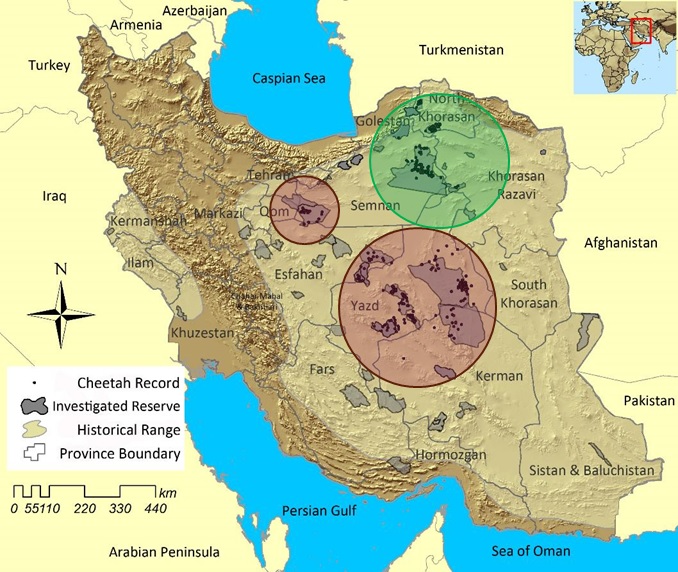
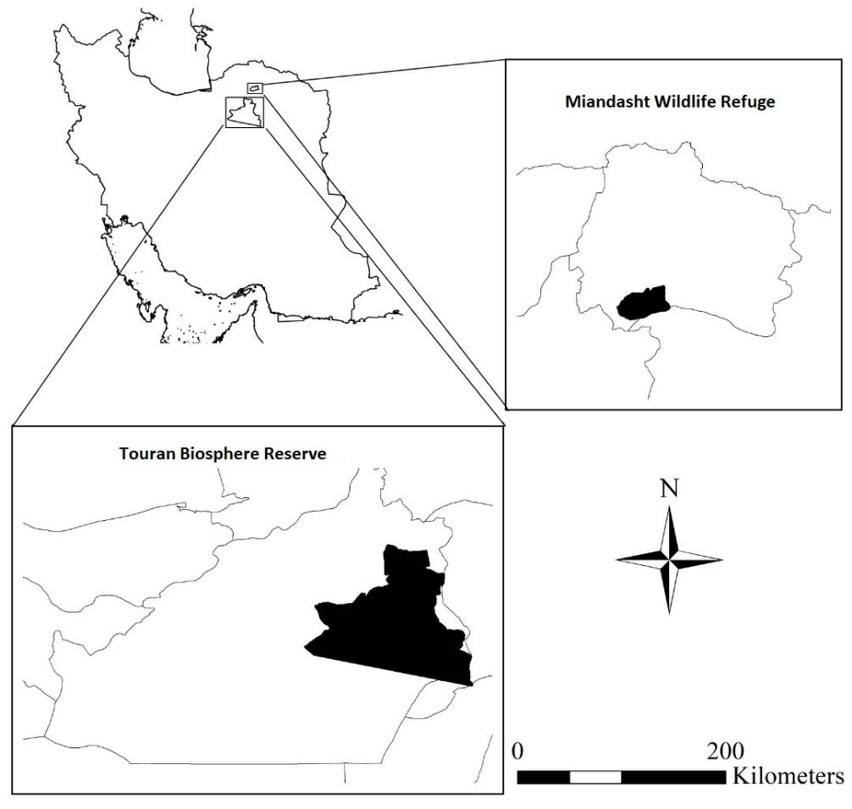
Conservation Efforts
To enhance conservation of the Asiatic cheetah within the last habitats in northeastern Iran through the following objectives:
- Monitoring Cheetah population status;
- Recording Cheetah movements;
- Mapping spatial distribution of the species;
- Equipping and training rangers;
- Enhancing habitat conservation;
- Climate change consequence reduction,
- Identification of specific threatening factors to the survival of the cheetah;
- Training rangers for enhanced conservation measures;
- Increasing awareness within local communities.
Contact Us
Postal Address: P.O.Box 14155-8549, Tehran, Iran
Office: Unit 2, Number 3, Jomhouri Ave, Tehran, Tehran Province
Whatsapp: +98 (935) 2450054
Email:
info[at]wildlife[dot]ir
